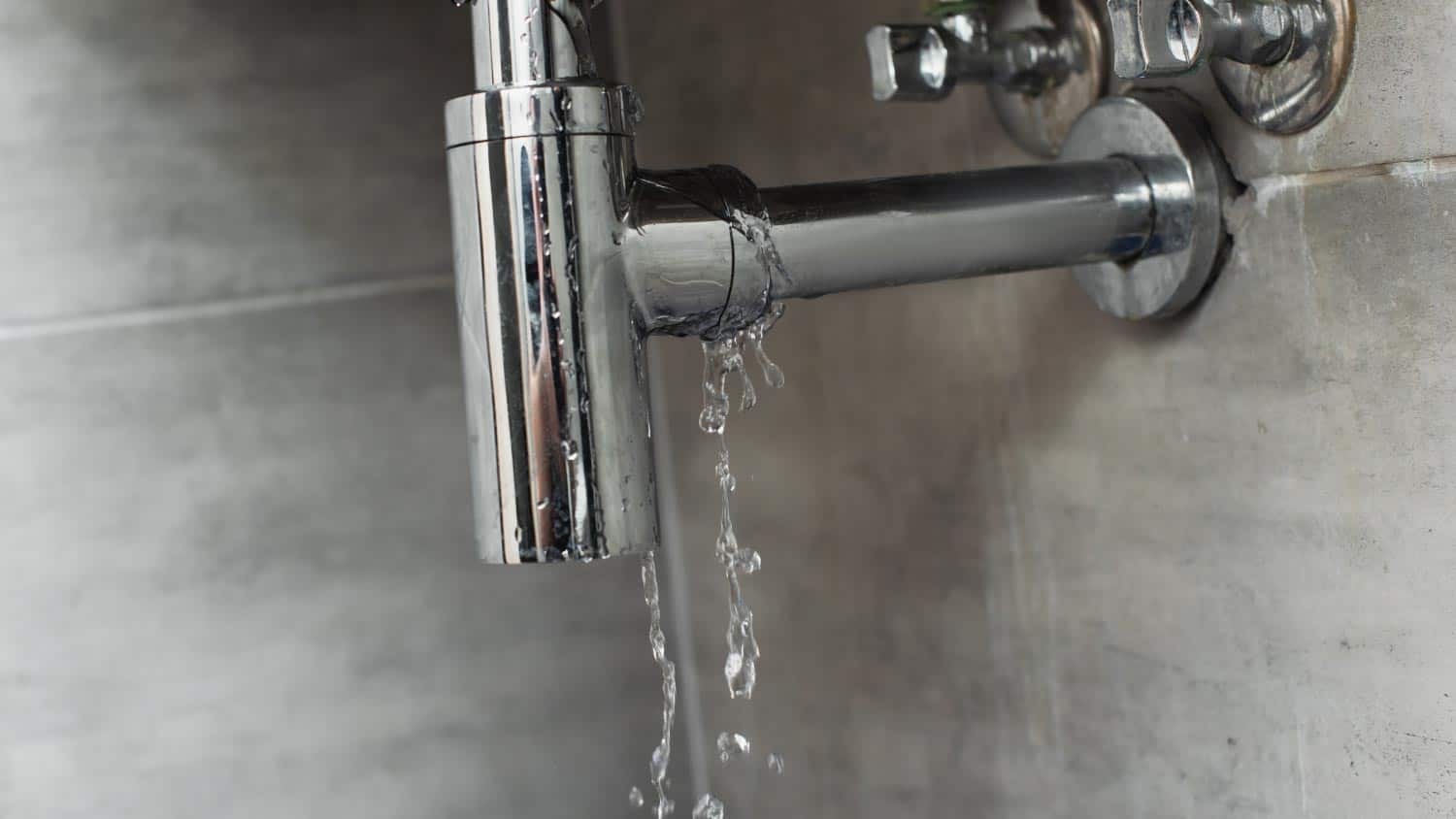Exactly how to Check If Your Home Has a Surprise Leakage
Exactly how to Check If Your Home Has a Surprise Leakage
Blog Article
We've discovered the article relating to Hacks to detect leaks directly below on the internet and decided it made sense to talk about it with you over here.

Early detection of leaking water lines can reduce a potential catastrophe. Some tiny water leakages may not be visible.
1. Analyze the Water Meter
Every home has a water meter. Inspecting it is a proven way that helps you discover leakages. For starters, switch off all the water resources. Make certain no person will flush, make use of the tap, shower, run the cleaning machine or dishwashing machine. From there, go to the meter and watch if it will certainly transform. Given that nobody is utilizing it, there ought to be no movements. That suggests a fast-moving leak if it moves. If you spot no adjustments, wait an hour or two and also check back again. This implies you might have a slow-moving leakage that might even be below ground.
2. Examine Water Usage
Examine your water expenses as well as track your water usage. As the one paying it, you ought to observe if there are any kind of discrepancies. If you identify sudden changes, regardless of your consumption being the same, it indicates that you have leakages in your plumbing system. Remember, your water costs must fall under the very same array on a monthly basis. A sudden spike in your expense indicates a fast-moving leak.
On the other hand, a stable increase on a monthly basis, even with the very same routines, shows you have a sluggish leakage that's likewise gradually rising. Call a plumber to thoroughly check your building, especially if you feel a warm location on your flooring with piping beneath.
3. Do a Food Coloring Examination
When it comes to water consumption, 30% comes from bathrooms. If the color in some way infiltrates your dish during that time without flushing, there's a leakage in between the container and also bowl.
4. Asses Exterior Lines
Don't neglect to inspect your outside water lines too. Needs to water seep out of the link, you have a loosened rubber gasket. One little leakage can throw away bunches of water as well as increase your water expense.
5. Evaluate and also Assess the Situation
House owners need to make it a habit to check under the sink counters as well as also inside cabinets for any type of bad odor or mold and mildew development. These two red flags show a leak so timely interest is required. Doing regular inspections, even bi-annually, can conserve you from a major problem.
Examine for discolorations and damaging as the majority of home appliances and pipes have a life expectancy. If you think leaking water lines in your plumbing system, do not wait for it to escalate.
Early detection of leaking water lines can mitigate a potential disaster. Some little water leaks may not be visible. Checking it is a guaranteed means that helps you discover leakages. One tiny leak can throw away lots of water and also spike your water costs.
If you think leaking water lines in your plumbing system, don't wait for it to escalate.
WARNING SIGNS OF WATER LEAKAGE BEHIND THE WALL
PERSISTENT MUSTY ODORS
As water slowly drips from a leaky pipe inside the wall, flooring and sheetrock stay damp and develop an odor similar to wet cardboard. It generates a musty smell that can help you find hidden leaks.
MOLD IN UNUSUAL AREAS
Mold usually grows in wet areas like kitchens, baths and laundry rooms. If you spot the stuff on walls or baseboards in other rooms of the house, it’s a good indicator of undetected water leaks.
STAINS THAT GROW
When mold thrives around a leaky pipe, it sometimes takes hold on the inside surface of the affected wall. A growing stain on otherwise clean sheetrock is often your sign of a hidden plumbing problem.
PEELING OR BUBBLING WALLPAPER / PAINT
This clue is easy to miss in rooms that don’t get much use. When you see wallpaper separating along seams or paint bubbling or flaking off the wall, blame sheetrock that stays wet because of an undetected leak.
BUCKLED CEILINGS AND STAINED FLOORS
If ceilings or floors in bathrooms, kitchens or laundry areas develop structural problems, don’t rule out constant damp inside the walls. Wet sheetrock can affect adjacent framing, flooring and ceilings.
https://www.servicemasterbyzaba.com/blog/how-to-detect-water-leakage-in-walls/

I was shown that write-up on Detecting hidden plumbing leaks through a good friend on another website. Do you know about another person who is interested by Locating water leaks? Feel free to share it. Thank-you for taking the time to read it.
Report this page